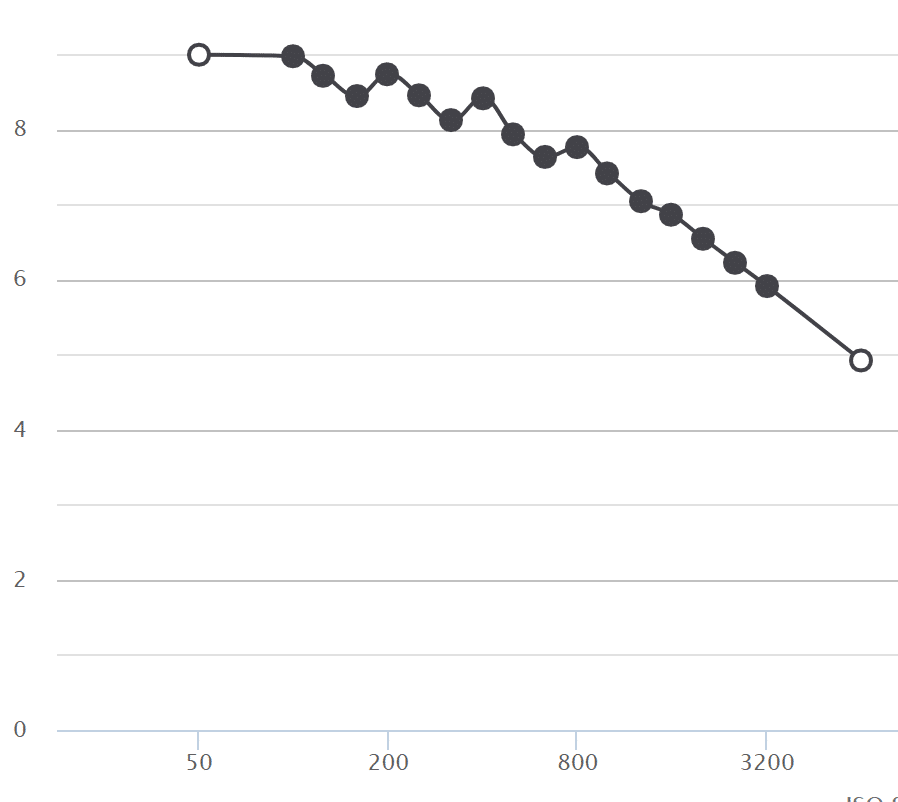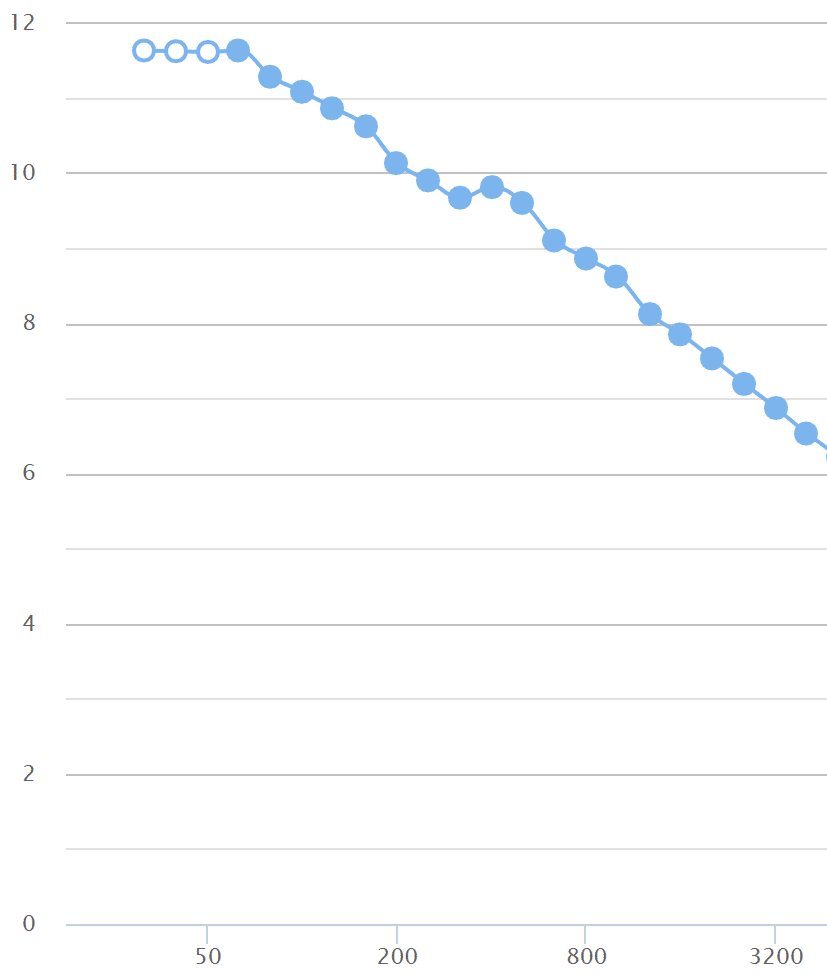In a recent LuLa thread about the Nikon D850, in response to a remark of mine about the ISO where the camera changes conversion gain, a poster said:
I’ve always been wary of using intermediate ISO settings. They didn’t seem to serve much purpose years ago when I was using Canon DSLRs. It was generally better to underexpose at ISO 200, for example, than attempt to get an ETTR exposure at ISO 320 using the same shutter speed. Shadow detail (when shooting RAW) would tend to remain the same at ISO 200, and the risk of blowing highlights would be reduced, compared with the ISO 320 setting.
I see this kind of reasoning — or lack of same — a lot. A photographer reaches a conclusion based on the behavior of a specific camera or lens, and then reflexively applies that supposition to other cameras or lenses. If the other things happen to behave the same way, then there’s no harm done; the wrong path led to the right answer. But in many cases, including the one above, you get to the wrong answer that way.
In this case, the poster is right about the behavior of some Canons. If we look at Bill Claff’s photographic dynamic range versus ISO curve for the EOS 1D Mark III, we see this:
You can see that 100, 200, 400, and 800 are the desirable ISOs.
There’s a reason for that. That camera uses off-sensor ADCs, and the programmable-gain amplifier (PGA) gain is only adjustable in power-of-two increments. Canon chooses to produce the intermediate-ISO gains through a combination of the PGA and digital multiplication. Digital multiplication multiplies the noise as well as the signal, and therefore doesn’t affect the signal-to-noise ratio (SNR). But digital gain does clip the highlights, and the PDR is computed with respect to the highlights, so the photographic dynamic range (PDR) suffers until the programmable gain amplifier (PGA) gain is high enough that the most important sources of read noise are after it.
But let’s look at Bill’s PDR curve for the Nikon D850:
It’s a little wobbly, but the only significant jump in the curve occurs at the transition from ISO 320 to ISO 400. That’s the point at which the D850 changes conversion gain. Many Sony users are quite familiar with this jump in dynamic range that is a result of the Aptina DR-Pix technology. The D850 does not employ the same combination of digital and PGA-mediated gain that the 1DIII uses, so the ISO strategy that is appropriate for that Canon camera is not the right one for the D850. Assuming the wiggle at ISO 160 for the D850 is not an error, using the Canon strategy would cause you to miss an attractive alternative there.
Let’s review the contributors to the noise floor that affects photographic dynamic range. They are:
- Photon noise
- Pre-PGA read noise
- Post-PGA read noise
- Digital gain
The PGA is the programmable-gain amplifier, and it is to some degree controlled by the ISO knob. Photon noise contributes less to the PDR in high-resolution cameras than in lower-res ones; that is to some extent an artifact of the way the pixel-count normalization is done. If we ignore that, the only way to lessen its effect on PDR is to increase the full-well capacity (FWC). The only that I know of to affect the pre-PGA read noise of a particular camera is to change the conversion gain, as is done in many of the Sony alpha cameras and the D850. The effect of post-PGA readout noise can be reduced by increasing the gain of the PGA, but that is not without cost. First, it reduces the amount of highlight headroom, since it causes the analog-to-digital converter (ADC) to clip sooner than it otherwise would. Second, after the gain has been increased for a while, you get to a point where the read noise is dominated by the pre-PGA component, and now all increasing the PGA gain is doing is robbing you of headroom.
And then there’s digital gain. Let me be clear about where I stand with respect to digital gain applied by cameras to raw data. I think it is always a bad thing. You can apply the same gain if you want in postproduction, where you’ll have a lot more control. Or you could be smarter, like Lightroom in PV 2012 and later, and apply the gain nonlinearly, so that you get a nice film-like shoulder to the tone curve, and not the brutal clipping you get with linear gain. And once the camera clips a highlight, that information is gone forever, no matter how clever Lightroom is at reconstructing it from smart guessing.
So, we have four things that can affect the noise in the captured image (there’s a fifth, the lighting, but I’m not gonna go there today). How all these cause the noise to change is dependent on the choices of the engineers who designed your camera. Lessons learned from one camera about how to minimize noise are not transferrable to another camera, with two exceptions:
- Get all the light on the sensor that you can, up to the clipping point
- Do the above using the base ISO


“Get all the light on the sensor that you can, up to the clipping point”
“Do the above using base ISO”
Beautiful and simple.
One of the best posts I have ever read.
PS what is wrong with Canon? How many more years will they use this out-of-date technology?
Lots of undefined acronyms here. Maybe familiar to your long term readers but I’m lost. PDR is “photographic dynamic range” ? What are PDA and PDC? Your site could benefit from a glossary.
I don’t see where I’ve used PDA and PDC. I’ve made it clearer what PDR is.
Here’s where you use PDC:
“But digital gain does clip the highlights, and the PDC is computed with respect to the highlights.” (I see you’ve changed “PDC” to “PDR” in that sentence now.)
Here’s where you use PDA:
“Photon noise contributes less to the PDA in high-resolution cameras than in lower-res ones”
Thanks. I’ll change PDA to PDR.
Thank you. I re-read this now and learned something important! Great article